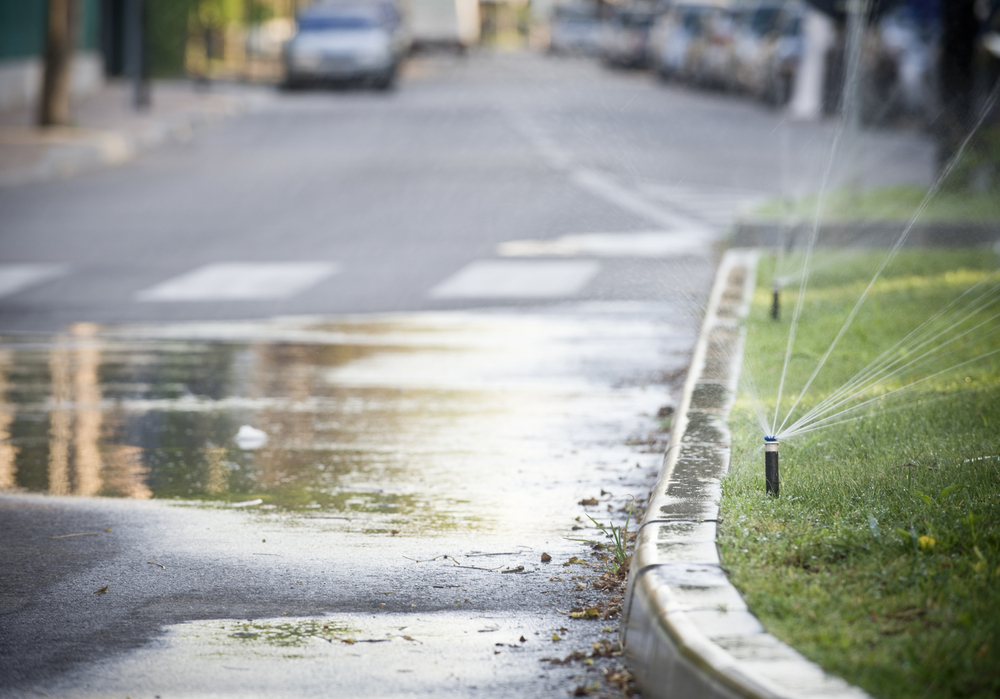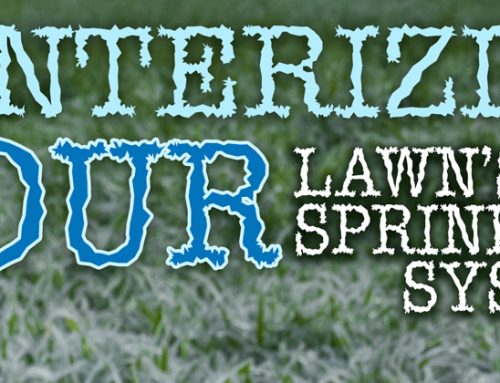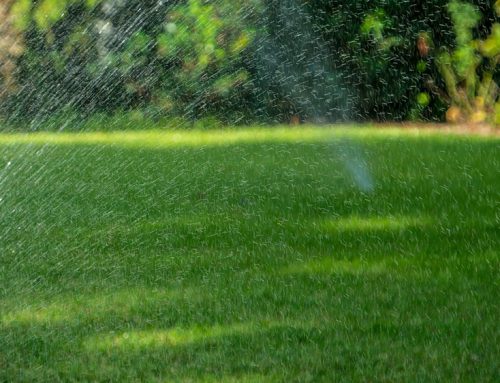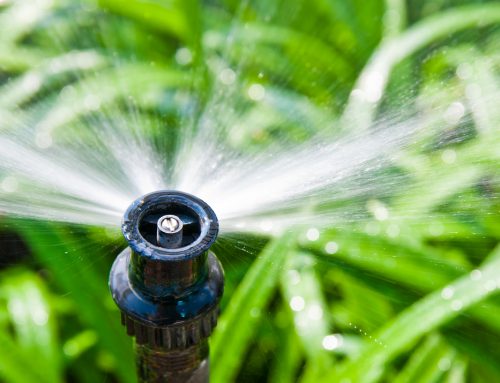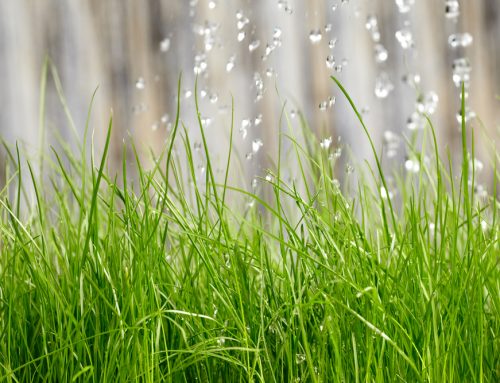The Texas Commission on Environmental Quality (TCEQ) rules governing irrigation in Texas do not allow spraying water over impervious surfaces such as walls, fences, sidewalks, and streets. The reason for this rule is simple – it just wastes water. It may cost more to design and install a system that does not spray onto these surfaces, but in the long run, having an efficient irrigation system that conserves our most precious natural resource is worth it.
Here’s an example: if your sprinkler system (set to apply one inch of water) throws water over the sidewalks during that cycle, it will waste around 220 gallons of water on your sidewalks. This water will run down the concrete and into the gutter, or it will runoff into the soil where it will over-water the area and deep-percolate below the plant root zone where it is no longer useful. Either way, it is a waste of valuable water resources.
Another important point to consider is that watering your lawn is like running a marathon. You need to train the roots to grow or “run” deeper into the soil. If you water every day, the roots will stay near the surface where the water is. There is no reason for them to grow deeper or run longer. By skipping days between watering periods, the roots will begin to grow deeper to reach more water. Nutrients are important for the plants as well. Aerate
the soil to provide oxygen, and add compost for nutrition.
The deeper the roots grow, the longer your grass can go between waterings. Even during the dog days of the summer, your grass should be able to easily go three to four days without needing water. If the roots are deep enough, you can water as little as once a week.

